Are you experiencing poor relationships? Seeing under-performance and disengagement from adults and children? Do you wonder if they could be demonstrating more extraordinary results? The good news is they can and will… when your workplace, home or school gets the culture right!
“It is not the ultimate achievement that makes you extraordinary; it is what you become on the way to that achievement that people celebrate.
Saidi Mdala, Author of Know What Matters
In my many years of working full-time in the field of human systems, leadership development and culture change and part time for eighteen years before starting my company in 2002, I have seen parents, educators and managers turn around results so much, they become excited to get up in the morning, go to work and come home to their children. But creating the kind of cultures needed is not for the faint of heart. Learning, prioritizing and putting into play a way for doing so can stretch even the most determined person.
I did this with my five children starting in 1984. I wanted to raise them to be socially interested, caring and personally responsible without controlling them, so they could shine in their own, unique ways. I decided to do this work in my company LifeWork Systems, (formerly Expanding Human Potential), after my family demonstrated one of our weekly meetings in front of an audience of parents and educators. My youngest (5 years old at the time) ran the meeting! Her ability to do so demonstrated that under the right conditions, even a small child is capable of being a leader. And I was becoming a parent I liked.
I bet you too want to see the best of those you lead, whether they are employees, students, or your children. You want them to ‘come out and shine. Do you wonder, “How do I lead, teach, parent and otherwise manage people, along with my day-to-day goals and challenges, and create healthy culture when I don’t know where to begin, what to do, and how it looks when I’ve arrived?” A healthy culture is simply a critical set of human systems based on the newest information. The following seven steps are needed to create a healthy culture:
I. Make sure you understand and are committed to support healthy culture as a top priority. With my family, I was very intentional and willing to do things in a non-traditional way. My goal was to help my children pick up responsibility and to feel empowered, lovable, connected and able to contribute.
2. Evaluate your progress so you know what’s working and what’s not. Set up a way to regularly assess how well you trust one another, how much you understand and agree on the direction of how things are going and how happy and involved everyone is so you can see what’s working and what needs changing.
3. Learn how to have good meetings. Good group meetings with rotated leadership and time for appreciation, offer opportunities for people to demonstrate leadership, build trust, live by values and help everyone move in the same direction.
4. Decide to become emotionally intelligent and mentor those you lead. Beginning with my family, I took time to work with each child on their relationships, getting their chores and homework done and how excited they felt about their life. Just checking in regularly and having tools to support development of others helps and develops your own character.
5. Adopt new practices so everyone lives by 8 Values that Build Trust. The eight values are straightforwardness, honesty, receptivity, disclosure, recognition, seeking excellence, respect and follow- through on commitments.
6. Teach people how to work in diverse ways as a team. Having a variety of viewpoints and allowing everyone to share their input makes for a much better set of ideas and outcomes. Everyone sees his or her opinions matter and how unique viewpoints create results not possible without this openness to differences.
7. As a group, redesign your ways of thinking, speaking, acting and behaving. While we did this in many ways as a family, this happened best during our family meetings where everyone had opportunity and was encouraged to share their viewpoint and offer ideas and opinions. Each took turns leading. This brought about richness and views not possible when one person runs the show.
As published nationally in the column Emotional Intelligence in the Women’s Journal, Oct/Nov 2013




